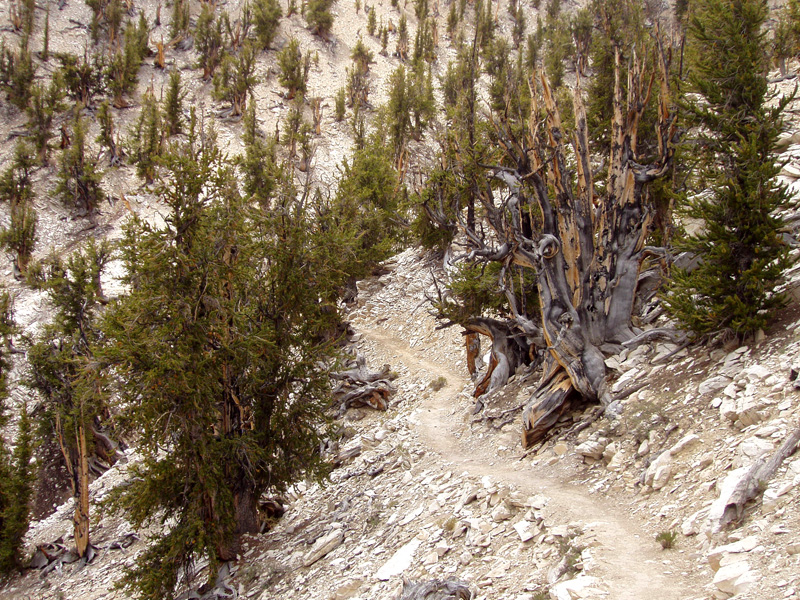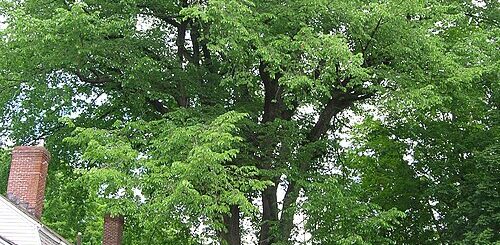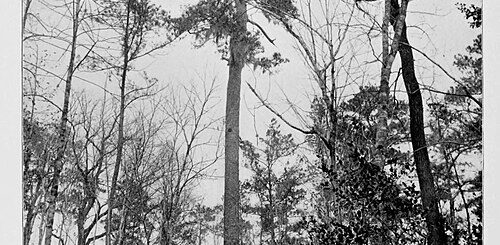Methuselah Tree – A Living Legend of Ancient Resilience

When it comes to ancient life on Earth, few stories are as remarkable as that of the Methuselah Tree, a Great Basin bristlecone pine that holds the title of one of the oldest living trees on the planet. Standing tall in the rugged mountains of California’s Inyo National Forest, this tree has silently endured the test of time for thousands of years. But its incredible age and endurance are only part of the story, there’s much more to discover about this extraordinary organism, and the lessons it can teach us about longevity, survival, and nature’s resilience.
The Ancient Bristlecone Pine
The Methuselah Tree is part of the bristlecone pine species (Pinus longaeva), which are known for their exceptional lifespan. These trees, native to the high-altitude regions of the western United States, can live for over 4,000 years, making them some of the oldest known living organisms on Earth. Bristlecone pines are found in arid environments, where they face harsh conditions, including dry soil, extreme temperatures, and intense winds. Despite these challenges, they thrive, and some of the oldest bristlecones have witnessed millennia of changes in the landscape.
The Tree’s Incredible Age
Methuselah, named after the biblical figure who is said to have lived 969 years, is estimated to be about 4,850 years old. This makes it one of the oldest non-clonal living trees in the world, although there are other bristlecone pines in the same region that are also thousands of years old. The exact location of Methuselah is kept secret by the U.S. Forest Service to protect it from potential vandalism and tourism that could threaten its health.
The tree’s age is determined using dendrochronology, the science of counting tree rings. Each year, a bristlecone pine adds a new ring to its trunk, and these rings are like a historical record, capturing information about the tree’s environment and the passage of time. Some of these ancient trees have seen civilizations rise and fall, climates shift, and landscapes transform.
Resilience in the Face of Adversity
What makes the Methuselah Tree and other bristlecone pines so remarkable is their ability to survive in extreme conditions. The harsh environment where these trees grow is not hospitable to many life forms. They grow in high-altitude, nutrient-poor soils, where water is scarce, and the climate is extreme. The trees are often subjected to freezing winters and scorching summers. Yet, these pines are incredibly resilient.
Bristlecone pines are adapted to thrive in these conditions by growing slowly, which makes them particularly resistant to disease, pests, and climate fluctuations. Their wood is dense and resinous, which helps to protect them from decay. Additionally, the trees often produce gnarled and twisted trunks as they age, which provides them with additional stability against strong winds. The Methuselah Tree itself is a living testament to this resilience, standing tall despite the harshness of its environment.
The Role of Methuselah and Other Bristlecones in Science
The Methuselah Tree has also played a significant role in scientific research. Scientists use the rings of bristlecone pines to study climate patterns and environmental changes over thousands of years. Since these trees are so long-lived, their rings provide valuable data about past climates and can help researchers understand how the Earth’s climate has changed over time. This information is crucial for scientists working to predict future climate patterns and understand the natural history of our planet.
One of the most fascinating aspects of bristlecone pines is how their long lifespans allow them to act as living archives of climate data. For example, dendrochronologists can analyze the width of tree rings to understand periods of drought or moisture, temperature fluctuations, and other factors that have shaped the landscape. This insight into ancient climates gives us a clearer understanding of how ecosystems respond to environmental changes over long periods.
The Legacy of the Methuselah Tree
The Methuselah Tree’s story is one of survival, adaptation, and the awe-inspiring endurance of life. It reminds us of the resilience inherent in nature, and how life can persist even in the harshest of conditions. It also serves as a poignant metaphor for our own struggles and the potential for longevity in the face of adversity. Despite the challenges that we may face in our own lives—whether they be personal, societal, or environmental—the Methuselah Tree stands as a testament to the power of perseverance.
Moreover, the Methuselah Tree’s age and enduring presence provide a sense of continuity and connection to the distant past. It is a living connection to ancient Earth, a link that stretches back thousands of years, and it offers a glimpse into the future. If the tree can survive for nearly five millennia, it suggests that the forces of nature are capable of far more than we often give them credit for. Methuselah may eventually fall to the ravages of time, but for now, it continues to stand as a living symbol of resilience and endurance.
Tree of Incredible age and Resilience
The Methuselah Tree, with its incredible age and resilience, is more than just a tree. It is a living legend, a symbol of the endurance of life, and a testament to the power of nature’s ability to survive and adapt. As we reflect on its remarkable journey, we are reminded of the interconnectedness of life on Earth and the importance of preserving these ancient beings for future generations to marvel at and learn from.
If you ever find yourself in the rugged wilderness of California’s Inyo National Forest, remember that within its windswept slopes stands one of the oldest and wisest beings on Earth, silently watching the passage of time.
References:
https://en.wikipedia.org/wiki/Methuselah_(pine_tree)










